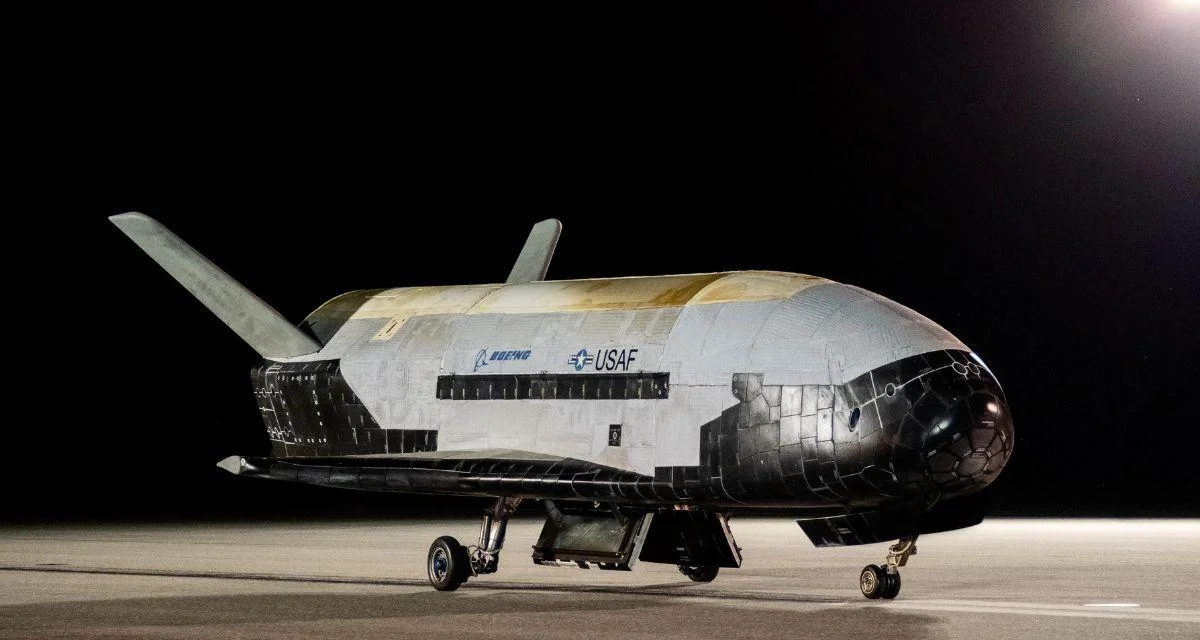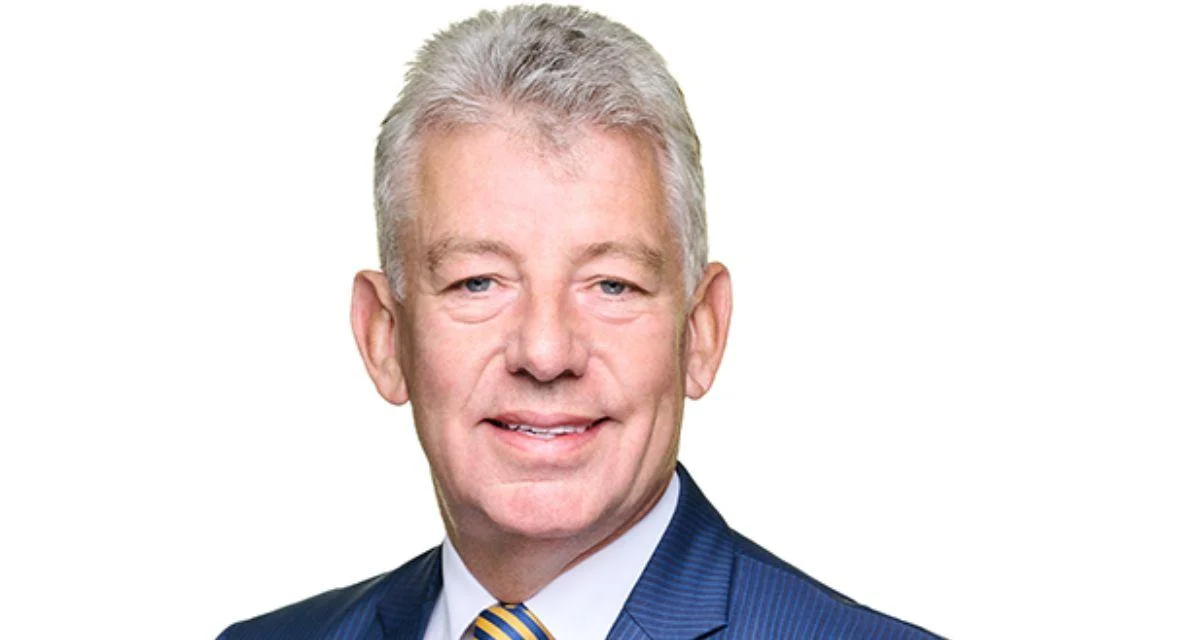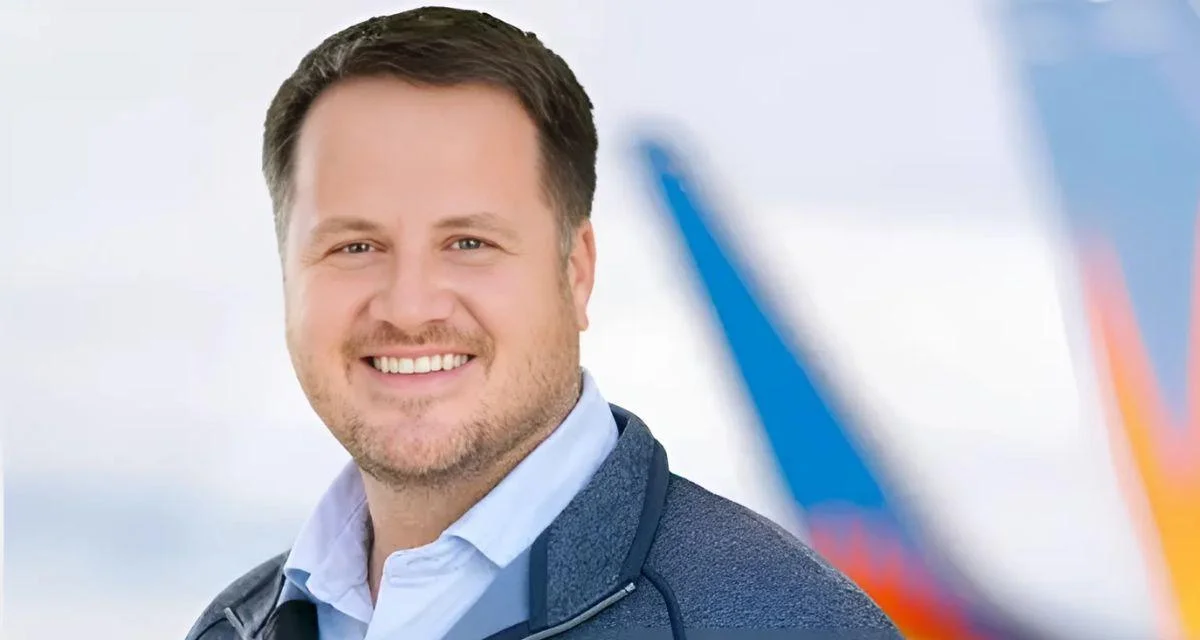Saab, primarily recognized for its automotive ventures, has also made significant contributions to the aviation industry. Known for iconic fighter jets like the Saab 29 Tunnan, 35 Draken, and 37 Viggen, Saab's efforts in general aviation have often been overlooked. The company ventured into this field with several aircraft designs that targeted light aircraft and small passenger planes.
The Saab 90 Scandia was introduced after World War II as part of Saab's diversification strategy. It could accommodate up to 32 passengers and had a range of 1,000 km. "Only 18 of these planes were made," with most being used by ABA Swedish Airlines and Brazilian companies VASP and Aerovias do Brasil.
The Saab 91 Safir became popular as a trainer aircraft with over 300 units built. It underwent several variations, including the military-focused Saab 91B with an upgraded engine. The Safir also played a role in testing new wing designs for other Saab aircraft.
 Alerts Sign-up
Alerts Sign-up









